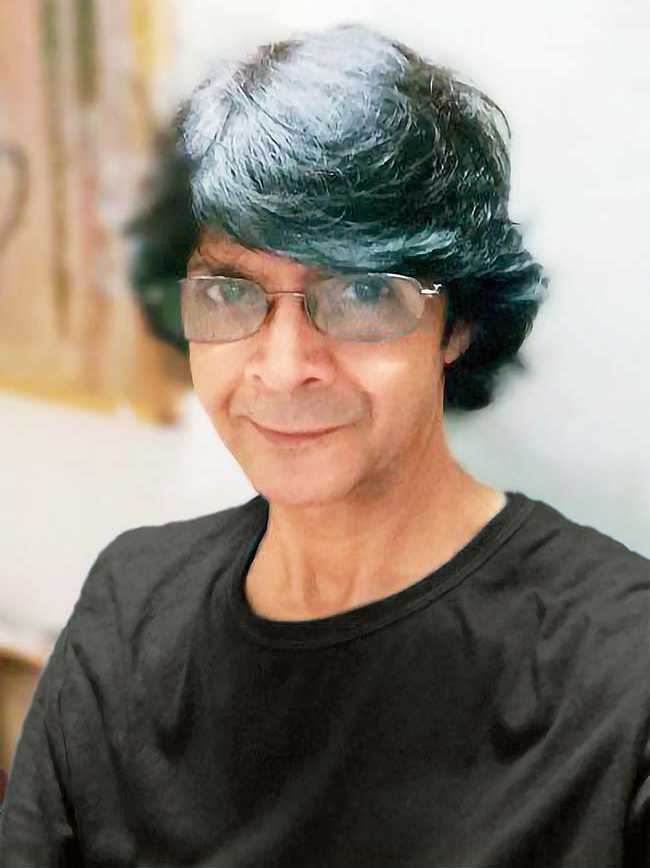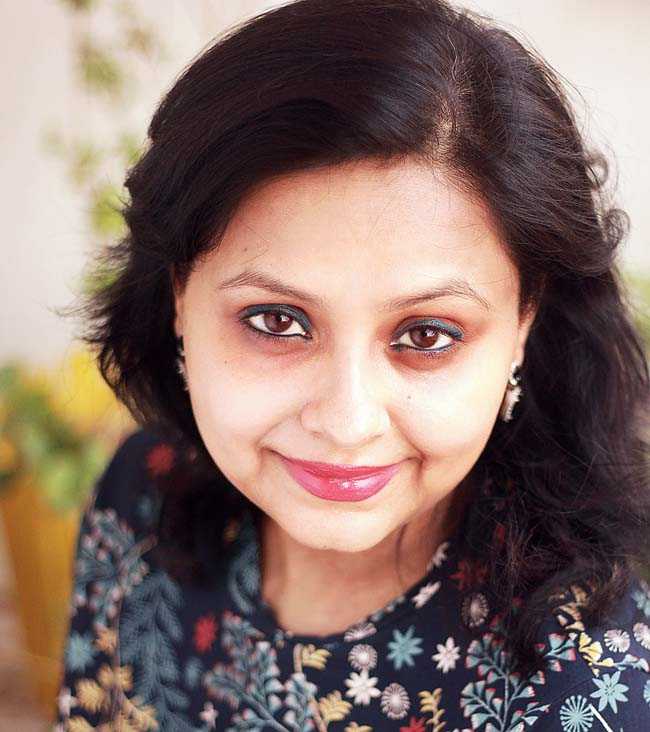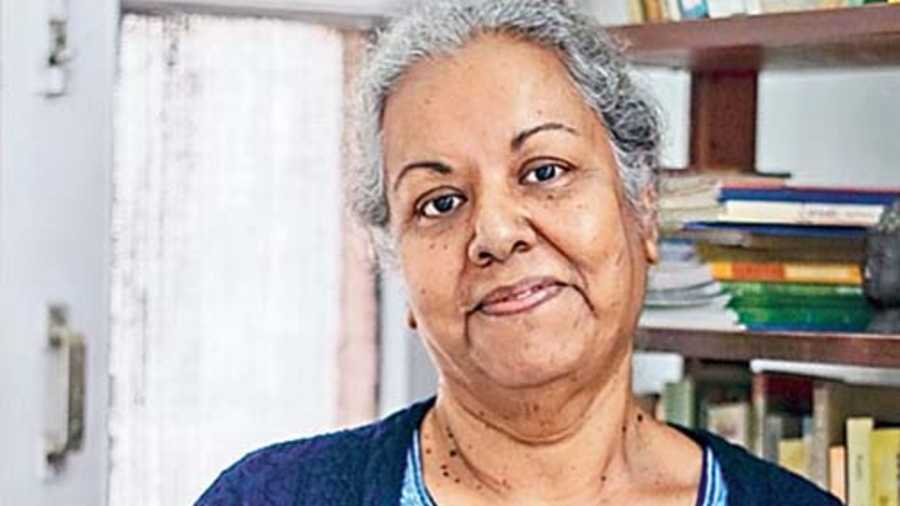We had last spoken to the very prolific children’s author Subhadra Sen Gupta in December, when she had just won the Big Little Book Award 2020. She had lamented how children’s books were not marketed well in India and the need to understand children well to write for them. The world lost her to a battle with Covid-19 on May 3, leaving behind a body of work that will continue to enrich the lives of budding history enthusiasts and teach them a new way of learning. She leaves behind over 60 books for children which include the likes of The Constitution of India for Children, The Secret Diary of the World’s Worst Cook, History Mystery Dal Biryani, Let’s Go Time Travelling and Girls of India: A Mauryan Adventure and was also the recipient of the Bal Sahitya Puruskar in 2014.
Her final book has now been posthumously published in August, and we couldn’t help but take this opportunity to speak to two of her long-time literary partners — illustrator Tapas Guha, and publisher at Puffin, Penguin Random House India, Sohini Mitra — to take a walk down memory lane with us. A sequel to her supremely popular book Let’s Go Time Travelling, this book is an homage to various professions that have existed in the Indian subcontinent, tracing history in a way that our school books have consistently failed to. Let’s Go Time Travelling Again: Indians Through The Ages is a fascinating book that Sen Gupta had been very excited about and as we hold a copy in our hands, we can’t help but wonder the number of little history enthusiasts who will fall in love with the subject for her rich corpus. Excerpts:

Tapas Guha
Tapas Guha
How was the experience of working with Subhadra?
Working with Subhadra goes back a long time. So many books and so many wonderful stories. What fun they were. Most of them were historical fictions. In the process of illustrating them, I learnt so much about history myself. Historical places, people and their lives. Their food habits then, their clothes, living conditions, anecdotes, trivia.... Subhadra loved to write about ordinary people and their lives. She used to say, there’s enough being told about kings and queens and wars in history books, but only a few know about how ordinary Indians lived in those times.
Best part of working with her was she never ever interfered with my work and I was among the few lucky ones who got to read her books/stories before anybody else. We never had any difference of opinion regarding my illustrations. She had full faith in me and gave me full freedom. All illustration ideas used to be mine and she agreed with them without any fuss. That’s the reason why they came out so well in all of her books.
What are your thoughts on her legacy?
Subhadra has left such a volume and variety of work behind her. I’m sure they will last a long time and enrich and entertain coming generations. She wrote about history and histories don’t change. So her stories will never become dated. Readers will always find them enjoyable and informative. She used to say, ‘It’s very difficult to tell complicated stories simply which a kid can understand and enjoy!’ I don’t think there are many authors who can tell history to kids in such a fun way, through a mixture of facts and fiction.
How was working on this book different from previous experiences?
Well, it was very different from previous experiences as I started working on this book during the pandemic of 2020 and finished it at the start of the second wave.
Subhadra and I could not meet regularly because of the raging pandemic to discuss the illustrations. Before she fell ill, she came over to my place and had a look at the illustrations and the cover ideas and was happy with them. At that point of time, I didn’t have a clue that within weeks fate will take such a tragic turn.

Sohini Mitra
Sohini Mitra
What are a few distinct things you remember of Subhadra as an author?
My earliest memories of Subhadra (or Subz as she was fondly called) takes me back to our erstwhile office in Panchsheel Park. Subhadra’s residence was not too far, so she would occasionally drop by. I was a huge admirer of her writings, as a reader first. Her narrative was always refreshingly readable, free-flowing without the trappings of complicated jargon. Her mission and passion were to fire her reader’s imagination, to make things simple and accessible. She would often share fan emails from kids and adults, including IAS aspirants and college-going boys and girls. She would joke about starting a series for adults called ‘Indian History Made Easy’.
Her books made me often wonder why we didn’t have such books during our childhood. I remember a section on the Mahatma’s food fads and so many other wacky trivia she had added into a book. In between came along the Feluda comic books that she created with Tapas Guha — how amazing they were and hugely popular. And then my most favourite Let’s Go Time Travelling: Life in India through the Ages. I had a great time editing this one — her writing was so breezy and the narrative, full of astounding facts and trivia. I especially loved the way she had added a segment called ‘A Day in the Life of’ at the start of each section. She had the remarkable ability to bring alive the past — characters and people from the past — giving us a peek into their lifestyle, hobbies, as if she was witness to it all.
I’ve also always admired the camaraderie and partnership Subhadra shared with Tapas Guha, her co-conspirator in so many of her projects. Her writing and his artworks complement each other so seamlessly… I loved their mutual bantering and respect for each other’s works.
Subhadra loved the city she grew up in. She knew Old Delhi and its history inside out. She was a connoisseur of good food.
What are your thoughts on her legacy and learning history in India through her eyes?
She was a gifted storyteller, therefore it was always effortless for her to package facts from history into engaging stories. She would always reiterate how the word ‘history’ has the word ‘story’ hidden in it. She was one of the rare writers who could handle both fiction and non-fiction with equal ease and finesse. Her school interactions with children were always so special — she never read out from books, she knew exactly what would pique their interest. She would engage them with quizzes or trivia that no textbooks could offer. She took her readers seriously and valued their feedback and inputs. That is what makes her such a remarkable writer.
We need more writers like Subhadra who take their readers seriously and don’t talk down to them. She valued her audience and respected feedback and suggestions from young readers. It is this rare quality that makes her books so special and timeless. Her books always end with a fun/interactive segment on the many things we can do with history. Readers will find this in her last book too. Her work is testimony to her passion for this subject and space, and the reason why she is one of the country’s favourite history writers/storytellers.
